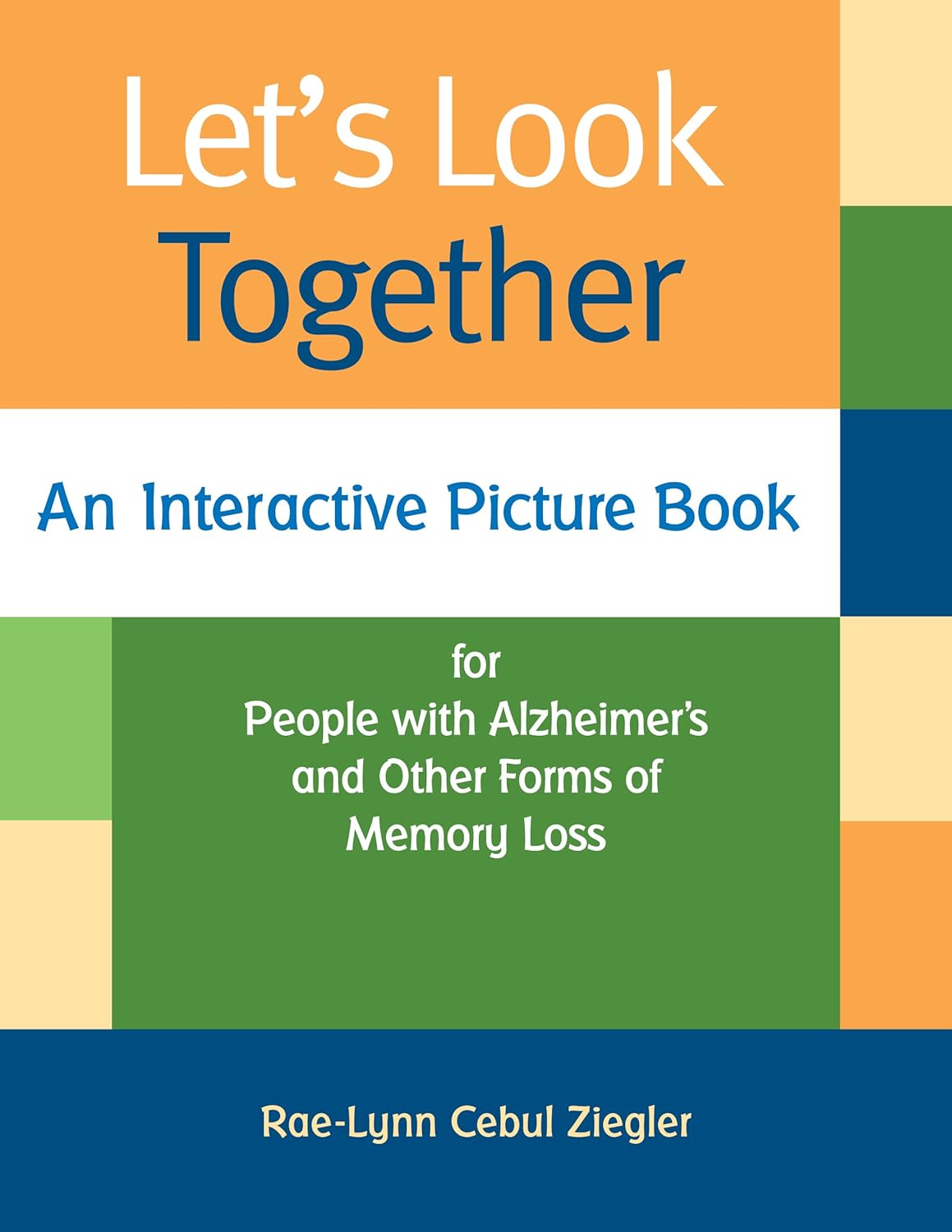Disability Indicator Form
The disability indicator program is voluntary for both the community and it's residents. The disability indicator form pdf format of disability_info_and_form.pdf was created by a group of several different organizations representing the mobility, hearing, speech and sight impaired communities.
*PLEASE NOTE: IT IS IMPORTANT TO SUBMIT A NEW DISABILITY INDICATOR FORM UPON CHANGE OF SERVICE PROVIDER, TELEPHONE NUMBER, OR ADDRESS*
The information provided on the disability indicator form enables a special code to appear on the 911 call takers screen which alerts the call taker that a person residing at that address may require special assistance during an emergency.
It is a standardized form created to encourage participation from all persons with disabilities. As you are aware, there are an extensive range of disabilities and medical conditions. The disability indicator categories listed on the form may be considered too broad for some; when you consider the extensive range of disabilities. However, information requested on the form must remain sensitive to those who may not wish to provide detailed information.
Always remember information on the disability indicator form is confidential.
The disability indicator form is available through the State 911 Department or it can be downloaded from this website. Originally, the form had to be filled out in triplicate. The new disability indicator procedure form only requires that when a person in your community submits a signed disability indicator form, the 911 Municipal Coordinator signs the form and faxes it to the Verizon Database Center at 1-800-839-6020 for entry into the 911 Verizon database. It is no longer necessary to mail your original. You retain that original copy as part of your permanent records to be used later for the annual verification of your database. Remember these are important confidential documents and should be stored in the same manner as all municipal records.
Annually, Verizon will send the Municipal Coordinator a current listing of those persons in their community who are enrolled in the disability indicator program for updating. Verizon enters the new information into the 911 database. A new Disability Indicator Form should be submitted for the following:
1. a person moves or no longer resides at that address
2. the apartment number changes
3. the telephone number changes
4. to add or delete a disability
Remember to review the lists carefully to maintain accurate records which will ensure the proper response in the event of an emergency.
